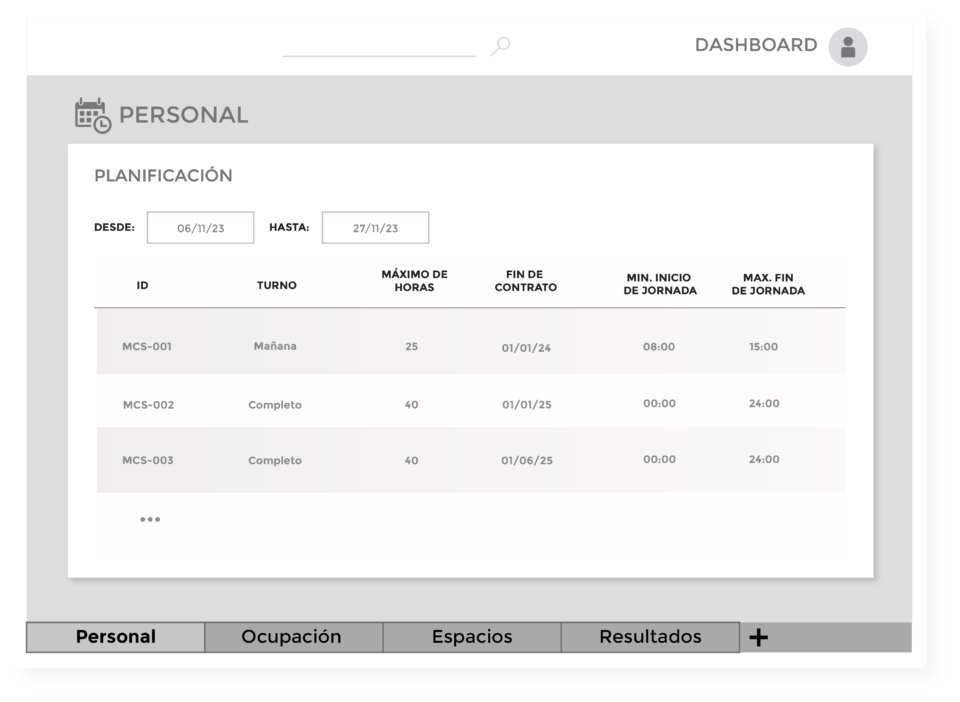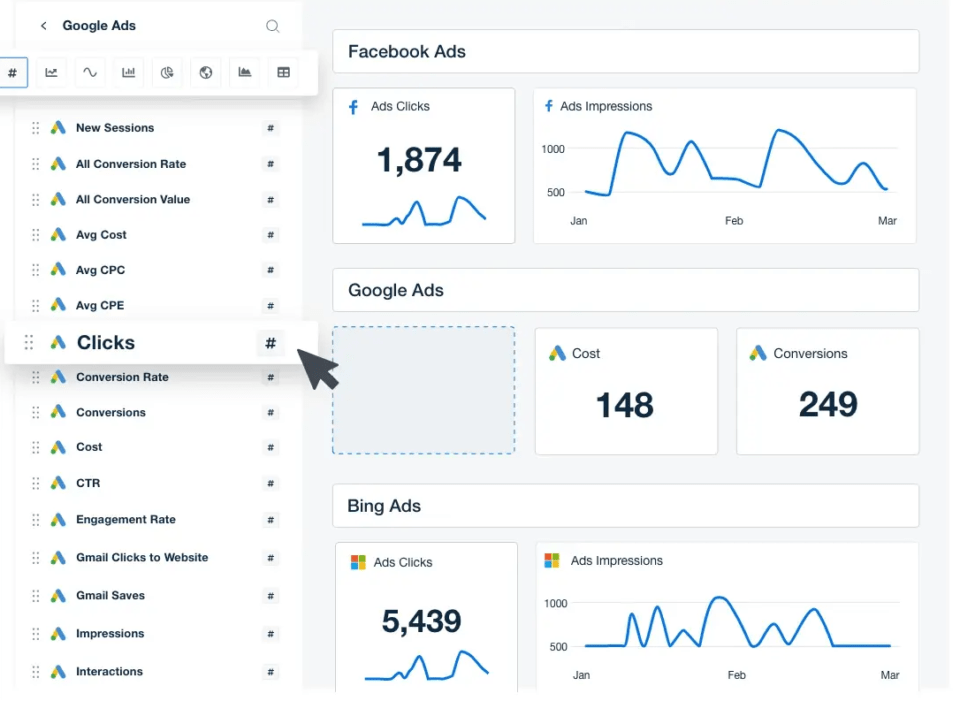Sales peaks like the one we just experienced during the Christmas season always represent a frenetic moment for the retail sector, it is the moment in which customers overflow physical and online stores, store opening hours are extended, demand forecasts are made… Managing resources efficiently becomes essential to satisfy peaks in demand and guarantee a good experience for customers. It is the time of year when some key business decisions are most important: we do not want to run out of stock in stores, but we cannot saturate our national and/or local warehouses, we want to select the best product for each store, since not all of them have the same sales rates, and we want to get the pricing and promotion policy that will ensure that our product rotates with the greatest possible margin while maintaining high levels of competitiveness, and we cannot forget that all these products have to be transported at the lowest possible cost. On the other hand, human resources faces a challenge in terms of planning and cost.
In online stores the problem is not easier: placing products where they have an optimal rotation based on the company’s needs, choosing the range of products to be shown to each type of customer to reduce returns or speed up sales processes are problems where AI can help.
Below we present some applications and opportunities for advanced analytics to address the key challenges of the retail industry in general but specially on such important dates.

1.1. Inventory management
Effective inventory management emerges as a crucial factor for operational success during the holidays. The application of advanced analytics provides directly applicable information throughout the entire supply chain. This includes anticipating future trends and demand patterns (enabling informed decision-making about what to produce and in what quantities). In addition, it addresses the management of stock levels and supply planning, with the aim of mitigating the risk associated with lack or excess of stock. This approach seeks to prevent potential sales losses or the unnecessary accumulation of financial assets, which, in turn, could translate into unnecessary payment obligations.
Thanks to the analysis of historical data and real-time information, artificial intelligence uses advanced analytics algorithms to suggest optimal supply points. This makes it easy to maintain an agile inventory that adjusts to the changing demands of the season. This approach not only ensures constant availability of the most popular products, but also allows them to be strategically redistributed to the most successful points of sale throughout the season. As a result, surpluses destined for subsequent sales are reduced, avoiding the sale of products with lower margins than desired.
However, these tools can also be applied to the reverse flow of products, specifically in managing exchanges and returns in stores. Initially, advanced analytics can improve quality control processes and decrease the incidence of returns. Additionally, this data could be used to recommend personalized offers and loyalty incentives to customers.
1.2. Extended hours and workforce management
The decision to extend store opening hours or increase staff, whether in store or operations and warehouses during these sales peaks, is a double-edged sword. While it provides more sales opportunities, it also poses challenges in managing operational efficiency and productivity and cost ratios. Advanced analytics helps the industry find the right balance by recommending the optimal number of hours based on historical data and current trends.
Additionally, artificial intelligence technologies such as Digital Twins offer the possibility to simulate various situations and o evaluate how the allocation of resources affects different processes. This allows the most beneficial alternative to be selected and its implementation to be carried out with prior knowledge of the expected result.

By analyzing customer behavior and sales data, you can identify the most profitable time slots for extending hours (predictive analytics). This poses new organizational challenges for personnel management and the receipt of stock, but provides new opportunities to increase revenue and, sometimes, differentiate yourself from the competition. Extended store hours and increased customer traffic demand a strategic approach to employee management and resource allocation.
Prescriptive analytics helps create efficient schedules by considering historical sales data, customer footfall/purchase patterns, workforce availability and profiles. This ensures that stores and warehouses are adequately staffed during peak times, minimizing customer wait times and improving the overall shopping experience.

1.3. E-commerce
The first thing that comes to mind about e-commerce operations during a sales peak like the one caused by Christmas is the complex planning that the entire supply chain requires. From the purchasing experience on the websites to the distribution of all products to your end customers and even the management of returns.
Another lesser-known aspect of electronic commerce is dynamic price management. With this system, product prices can be adjusted in real time following market conditions, competitor prices, and customer preferences. Advanced analytics tools can monitor these information sources in real time and recommend pricing strategies that maximize profits and align with market demand.
In addition, good use of AI applications can suggest the layout of the website for each customer, offering greater purchasing potential, reducing possible returns, meeting the company’s stock rotation needs to sell with the most appropriate margin.
1.4. Marketing and promotions
Throughout the year, but especially in the holiday season, marketing campaigns are meticulously planned to tailor messages and promotions to specific segments of the population. Launching strategic promotional sales, such as limited-time products and exclusive events with early access, fosters a sense of urgency, encouraging immediate customer action.
In social media, AI is used to evaluate the effectiveness of holiday campaigns, using insights to adjust and improve visually appealing content and interactive elements, thus optimizing sales and inventory planning, as well as customer engagement and community interaction. This data-driven approach facilitates a smooth transition into upcoming business seasons.

For all of the above cases, advanced analytics provides solutions to business decisions that, during the holiday season, can be a challenge for companies in the retail sector. Both descriptive and predictive analytics are highly useful for describing all aspects of the operation that involve uncertainty. Models related to customer behavior, demand forecasting, and product placement on web pages represent powerful tools to address the complex decisions that arise during these periods.
In the same way, prescriptive analytics allows you to go one step further to improve customer satisfaction and increase the efficiency of operations. Some of its most typical applications are inventory management, assigning staff shifts, planning routes for home deliveries or collecting returns, and even assigning prices to products.
In a competitive market, the ability to make good data-driven decisions with the help of AI applications will no longer just be a source of competitive advantage, but an operational necessity. In the retail sector, with such a large volume of information, there is a lot of ground to explore, and BI applications are beginning to fall short. With the right AI tools, the potential of physical or online stores/supermarkets takes on levels that have yet to be defined.
Do you belong to the retail sector and want to make the best decisions based on data? Contact us through the following link.



